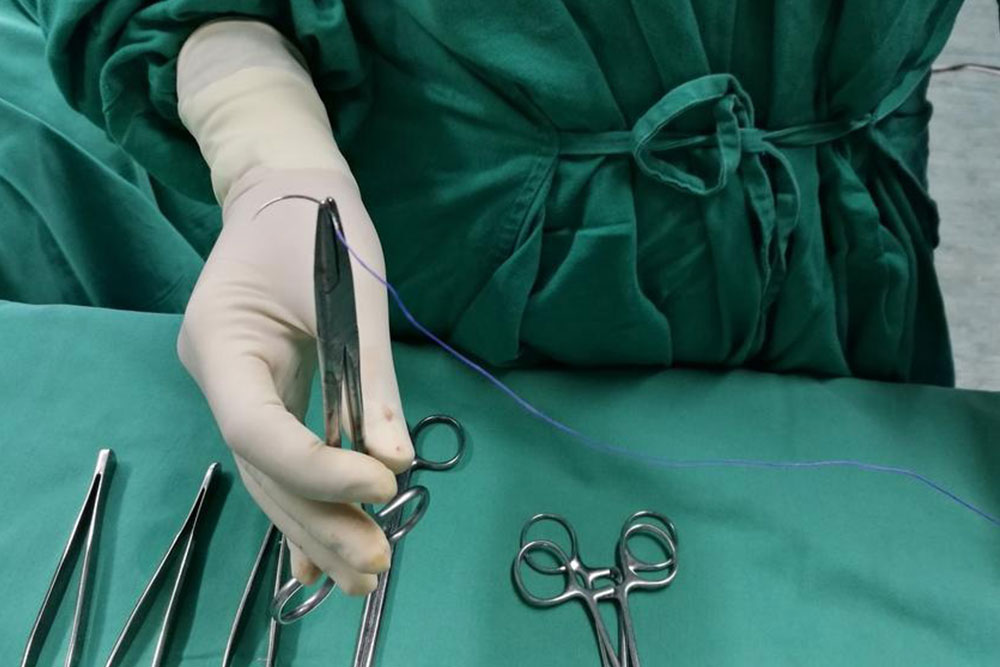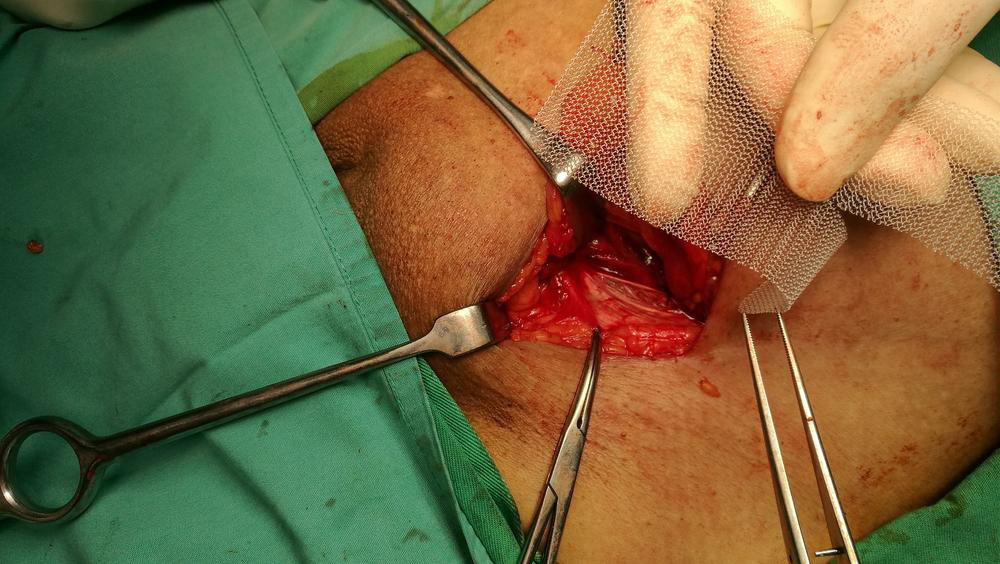Comprehensive Guide to Abdominal Hernias: Types, Causes, and Effective Treatment Strategies
This comprehensive article covers all aspects of abdominal hernias, including their types, causes, symptoms, diagnosis, and treatment options. It emphasizes the importance of early detection, lifestyle modifications, and surgical interventions to prevent complications such as strangulation and recurrence. Suitable for patients and healthcare providers, the guide offers valuable insights into managing hernias effectively for optimal health outcomes.

Comprehensive Guide to Abdominal Hernias: Types, Causes, and Effective Treatment Strategies
Abdominal hernias are a common medical condition that can affect individuals across all age groups, from infants to the elderly. They occur when an organ or tissue pushes through a weak spot or tear in the muscles of the abdomen. Understanding the different types of hernias, their causes, symptoms, and available treatment options is crucial for effective management and prevention. This detailed guide aims to provide comprehensive insights into abdominal hernias, helping readers recognize the signs early and seek appropriate medical care.
Hernias can be classified into several types based on their location and origin. The most frequently encountered forms include incisional hernias, epigastric hernias, and umbilical hernias. Each type has distinct characteristics, risk factors, and treatment considerations, which are essential for patients and healthcare providers to understand.
Incisional Hernias: These hernias occur at the site of a previous surgical incision. When the abdominal wall does not heal properly after surgery or injury, a weak spot remains, allowing tissues or organs to protrude. Patients often notice a bulge or swelling near the surgical scar, accompanied by discomfort or a burning sensation. Incisional hernias can develop months or even years after the initial procedure and are more common in individuals with obesity, poor wound healing, or infections.
Epigastric Hernias: Located in the upper midline of the abdomen, epigastric hernias involve fat or tissue pushing through a weak point in the linea alba, the fibrous structure that runs down the middle of the abdominal wall. These hernias may be congenital or develop over time due to factors such as obesity, heavy lifting, or chronic coughing. Symptoms can range from a small, painless lump to more significant discomfort, especially when strain is applied.
Umbilical Hernias: Commonly seen in infants, especially premature babies, umbilical hernias develop when the muscles surrounding the navel do not close completely after birth. In adults, they are often linked to increased intra-abdominal pressure caused by obesity, pregnancy, or chronic coughing. These hernias usually present as a soft, protruding lump around the navel area, which can enlarge with activity or crying. While many umbilical hernias resolve naturally in infants, persistent cases may require surgical intervention to prevent complications.
The causes and risk factors influencing hernia development are varied. Elevated intra-abdominal pressure from obesity, pregnancy, heavy lifting, or chronic coughs can weaken the abdominal walls, making them more susceptible. Connective tissue disorders and genetic predispositions also play roles in certain cases. Recognizing symptoms early and seeking prompt medical evaluation is vital to prevent complications involving strangulation or incarceration, which can be life-threatening.
Diagnosis of hernias primarily involves a thorough physical examination by a healthcare professional, who can often identify the protrusion through palpation. Imaging techniques such as ultrasound, computed tomography (CT), or magnetic resonance imaging (MRI) may be employed for detailed assessment, especially in complex cases or when the diagnosis is uncertain. These imaging tests also help delineate the hernia's size, contents, and risk of complications.
Treatment Options and Surgical Interventions for Hernias
While some minor or asymptomatic hernias can be managed conservatively with watchful waiting and lifestyle modifications, most cases require surgical correction to prevent further complications. Hernia surgery aims to reduce symptoms, restore normal anatomy, and minimize the risk of strangulation, which occurs when blood supply to the protruding tissue is compromised.
The choice of surgical technique depends on hernia size, location, patient health status, and surgeon preference. Common procedures include open hernia repair and minimally invasive laparoscopic surgery. During surgery, the hernia sac is carefully pushed back into the abdominal cavity, and the weak area is reinforced with sutures or synthetic mesh. The mesh provides additional support to prevent recurrence, which remains a concern post-surgery.
Surgical Risks and Postoperative Care: Like all surgical procedures, hernia repair carries potential risks such as infection, bleeding, nerve injury, or recurrence. Postoperative care involves adequate pain management, activity restrictions, and wound care to promote healing. Patients are advised to avoid heavy lifting and strenuous activity for several weeks post-surgery to ensure proper recovery.
Preventative Measures and Lifestyle Changes: Prevention focuses on maintaining a healthy weight, avoiding heavy lifting without proper technique, managing chronic coughs, and addressing other intra-abdominal pressure factors. Regular exercise, healthy diet, and smoking cessation can also play significant roles in reducing hernia risk.
Recurrence and Long-term Management: Hernia recurrence remains a challenge, especially in individuals with ongoing risk factors. Continued attention to lifestyle modifications and routine medical check-ups can help minimize this risk. Minimally invasive approaches and mesh reinforcement have improved long-term outcomes, but patient adherence to post-surgical recommendations is essential for optimal health.
Special Considerations for Different Demographics
In infants, umbilical hernias are often harmless, with many resolving spontaneously before the age of four. Nonetheless, persistent or enlarging hernias may require surgical correction to prevent complications such as strangulation or delayed growth of the abdominal wall. In adults, hernias tend to be more symptomatic and may necessitate urgent surgical intervention, especially if incarceration or strangulation occurs.
Women are particularly prone to umbilical hernias related to pregnancy and increased intra-abdominal pressure. Obese individuals also face higher risks, emphasizing the importance of weight management and regular health evaluations. Early detection and prompt treatment are key to avoiding dangerous complications, making awareness crucial for all at-risk groups.
In conclusion, understanding the nuances of abdominal hernias—be it incisional, epigastric, or umbilical—is vital for timely management and improved patient outcomes. While some hernias may resolve on their own or with minimal intervention, most require surgical repair to ensure safety and prevent life-threatening complications. Maintaining a healthy lifestyle, managing risk factors, and seeking prompt medical advice when symptoms arise are the cornerstones of effective hernia management.





